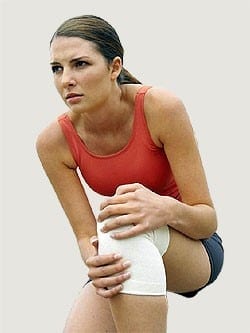Modern-day lifestyles, especially for those living in large cities, are often hurried and full of competition, which can lead to stress for both body and mind. Sport and exercise therefore play a key role in restoring our mental and physical well-being, so that we are able to return to work and our daily lives feeling refreshed.

Playing sport is a form of rest and relaxation that can also help support our various bodily functions by building muscle strength at the same time as stimulating the body’s cardiovascular and circulatory systems. Exercising requires the body to transport blood that contains oxygen and chemicals to cells all over the body. In addition, exercising leads the brain to produce more chemicals called endorphins. These are chemicals that are responsible for the feeling of happiness and so improve our mental well-being.
There are numerous sports that are currently popular, including golf, tennis, badminton and football. Selecting the sport to play depends entirely on the individual’s preferences and physical capabilities.
Tennis is one of the most popular sports, as it can be played by anyone of any age and gender, and it is also a relatively safe sport. Injuries, however, can occur due to the various aspects required to play, such as running, fast changes of direction and sudden stops. Injuries that can be sustained while playing tennis include cuts, grazes, bruising, torn ligaments and even bone fractures.
Injuries can be prevented by sustaining fitness and health, by being aware of the various techniques involved, by practicing the appropriate skills required, as well as by stretching and warming up/down before and after every session.



